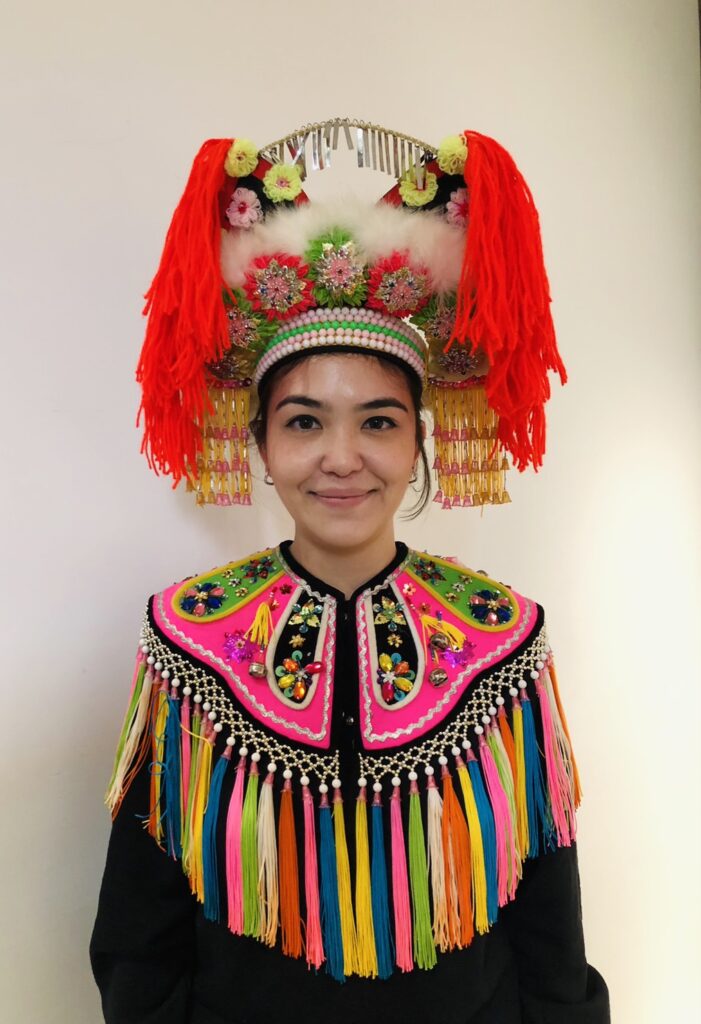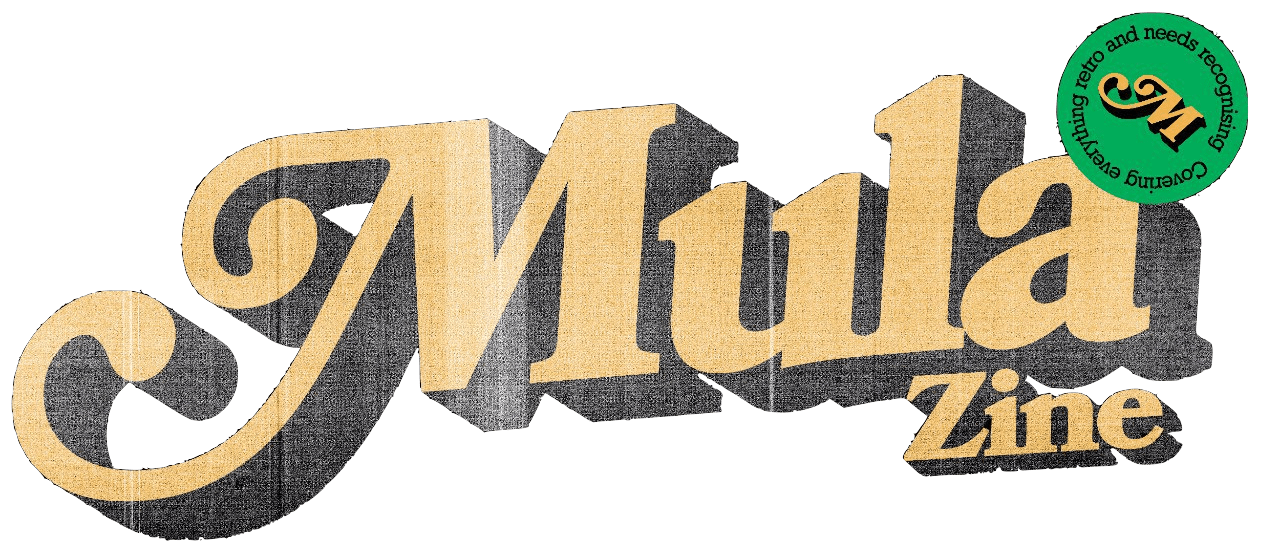Part of what makes the world of art and the curation of it interesting to the general populous, are the people who actively engage in it. Over the years, and after much observation, I have come to notice a repetitive pattern; especially so surrounding the dissemination of art. This got me thinking about the structures of education and the show-stopping educators who have paved the way for a generation of thinkers and consumers of art alike. Regardless of the subject being taught, I have come to notice two clear-cut types of educators.

There is first: the educator who teaches through textbooks, lectures, and the slides that accompany them. These types of lecturers vary in skills and capabilities but have and will always continually approach education with open arms. Hard work and dedication will get anyone to where they wish to be. Educators like this are hard workers and are dedicated to their craft. It is especially more so seen in art educators.
While this first subset of teachers and lecturers is typically encountered by students and like-minded peers in educational settings and institutions, there is a second subset that I would also like to highlight. This second subset of educators are ones that I have been watching closely and have been in awe of since I could recall. These educators, some of whom I have had the privilege of knowing, are a dime a dozen. Rare and very life-changing, educators of this subset educate simply by existing. A few who I have had the privilege of knowing include the likes of my mother, my friend Amelia Natasha, and my cousin Qistina Ayu. As of late, I was gifted one more individual to add to the list of educators who “teach simply by existing”.

She is Faith Cooper. While in conversation with her a couple of weeks ago, I found myself nodding in agreement with the many things that she was saying. I was but a sponge, and I began to absorb it all when she began speaking, taking it all in with an eager and inquisitive mind. Her approach to both teaching and her work in curating selected archival fashion works in the realm of Asia is one done intrinsically under the female gaze.

This, as I would come to understand, goes beyond the mere need for preservation and perseverance. It is also one done under the guise of a personal narrative, with the need to interweave the threads of her own identity and keenness for fashion with what she has been sharing on her Instagram-based platform – Asian Fashion Archive [AFA] – alongside the rich tapestry of Asian fashion and its cultural. Faith Cooper’s explication of identity under the lens of Asian fashion and art is not just a reflection of who she is as a consumer of the arts and as a cultural disseminator. It is, as I would come to understand, that her online presence, is one that she has steered under the online platform – AFA – was one done under the need for reinvention, of herself and of her roots, explicated through the lens of cultural heritage and contemporary art. In the case of Faith Cooper, this rebirth was met to completion, one stitch at a time.
Conceptualized during the height of the pandemic – one that was also inherently fueled by anti-Asian rhetoric, Cooper’s digital, curatorial expedition was more than just a project under the guise of exploring identity. It acted as a firm stance against the world’s injustices and served as a refuge for like-minded Asian folk who had a keenness for fashion and art. Since its inception, the Instagram page would grow in following and become a beacon of hope and scripture for many subsets of Asian consumers of fashion. Poring over the Instagram page and understanding Cooper’s background in education, one is able to discern her effort in educating the masses, turning Asian Fashion Archive’s social and web platforms into an accessible and engaging archive. “I have a background in museum education and fashion history. This informs the work that I do for AFA, allowing me to showcase fashion works to a wide audience”, she explains.

When prodding more into her archival work, Cooper voices Thomas Kong’s views on social curating and archiving. Kong, an artist in his own right, structured a paper on the importance of social curating and archiving projects. Cooper’s work is reminiscent of this thinking – where she emphasizes the power of storytelling through anecdotes of the past. Her ability to weave in narratives through her collection of “forgotten” works – done on the Instagram page and AFA’s website – demonstrates how archives act as repositories of history. “They serve as storytellers, imparting knowledge and insights in engaging and relatable ways for consumption”, the educator says. Putting Cooper’s work in comparison to my efforts with archival work of my own and with Mulazine, I found a deep sense of appreciation for it. A new way of seeing emerged for me. Archival work is not just about the preservation of the past; it is also ultimately, an interpretation of it under the understanding of personal beliefs. In seeing things of the past in the current zeitgeist, we are able to redefine what we know and how we connect with it. This in turn forces us to reconsider our perspectives and to find new meaning and connections to work and art – in this case – fashion – to what might seem distant and unknown.

As the conversation with Cooper progressed, a recurring figure kept popping up in the conversation. Her mother. As someone who looks to her mother as a pillar of strength and inspiration, I found Cooper’s allegiance and ardor for her mother heartwarming.
Cooper’s work, both online and offline has turned into a persevering ode to her maternal figure. “The bond I have with my mother is very tangible. It plays the biggest impact on my work”, she says. Cooper’s mother’s upbringing in Singapore has played a big part in her relationship with the curator. Never really belonging in Singapore and never truly belonging in London and in North Carolina, Cooper’s mother served as an archivist of her heritage and culture.

The educator’s journey of self-discovery and acceptance of herself and her interests was also dependent on her mother. Her family’s narrative is one that stretches across continents – beginning in China, finding its way to the United Kingdom, and even pouring some of its trail into the United States. It was in England that her great-grandparents established their new lives post-emigration. Founding a laundromat and a Chinese cuisine restaurant, Cooper understood even as a child the jarring differences they must’ve felt. The curator, Cooper, was born in London. Here, in her youth, she was cradled by the hustle and bustle of the city and was also met with the diasporic nature that she faced in the setting of her home. To be a child of two worlds can leave one discombobulated. Her great-grandparents, her grandparents, and even her mother carried and continue to carry the ways of the old within them whilst finding footing in the new spaces they inhabit. Celebrations were diverse and aplenty in London – especially for her and her family. But that all changed when she made a move to North Carolina.
Loneliness and bullying were a constant for her in this new landscape. The juxtaposition between the two places left her questioning her identity as an Asian woman. Through the torrents of torment, she faced while away from family and the familiarity of London, her mother’s voice came through the resounding ether. Faith remarks, “My mother reminded me to never shy away from my heritage”. This inherently became Cooper’s armor against her environment’s indifference and prejudice. Her mother’s efforts went beyond words. A learned woman, she urged Cooper to pore over books to find solace. To start the cycle of reading, her mother got her a collection of books from Asian authors and creators. This is how books and reading materials became a tool for Cooper to embolden her. It was also through this pile of books that Cooper found a liking for fashion. It began when she came across a book by the notable Asian designer, Vera Wang.


“The book on Vera Wang was just one of many”, she says. “These stories weren’t just tales for me but rather a beacon of hope and a means to strive to achieve the things that I wanted. It left me feeling larger than life – to be able to see people of my heritage succeed in great lengths and measures”, she adds. These documents, journals, and books that Cooper came across became a wellspring of both pride and knowledge. The shame that she felt in proxy from the bullying she faced, was put out. This journey of self-discovery and the finding of one’s identity that Cooper experienced was further brought to light when her mother and she began traveling to Southeast Asian countries. Trips to Singapore in particular meant more than just vacation spots for the two women. It was, as Cooper puts it, “A pilgrimage back to our roots and a chance to connect with my identity in the most authentic setting possible”.
In the moments of being at her “home away from home”, being surrounded by familiar echoes of her ancestry, the curator and lecturer found a commonplace understanding with her mother whilst. “I found these shared moments of experiences integral to our relationship and also one that fueled our diasporic identities. When I moved to North Carolina, Asian folk were little in number. My mother became my sanctuary; she was the one person who could truly grasp and understand the intricate complexities of how it felt to be the odd one out in a sea of people”, she explicates. When sharing these anecdotes of her life, and of her mother, a pivotal pillar in Cooper’s life, one cannot help but feel the matriarch’s presence in the room. It is palpable in conversation and with the added insight to her work, one can discern a parent’s – in this case, a mother’s impact on her child.

When I set out to write this piece, I was motivated by the curatorial and archival aspects of Asian fashion that were being displayed across AFA’s platforms. But as I have digested Cooper’s words and insights, I couldn’t help but wonder: was life just a funnel, where history repeated itself time and time again? Is the only separation of the present and the past simply just the act of digitizing the past? Having interacted with archival works of varied mediums over the last decade or so, I have come to learn that the viewer is the one who plays a crucial role in persevering the work being displayed. The artwork of the past becomes a medium for forming human connections and relationships in the present. The aesthetics are just mere experiences of the interaction with the art. Faith Cooper’s work at Asian Fashion Archive exemplifies this ever-evolving role of archival work in a world awash with content. What’s being presented is not static repositories but rather a dynamic body of shapes that reflects our understanding of the world around us and ourselves.
*
Photo Credits to Faith Cooper & Asian Fashion Archive

